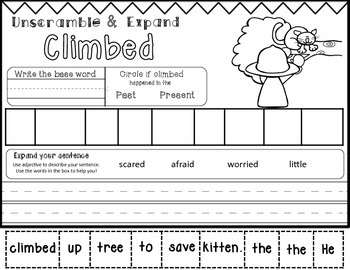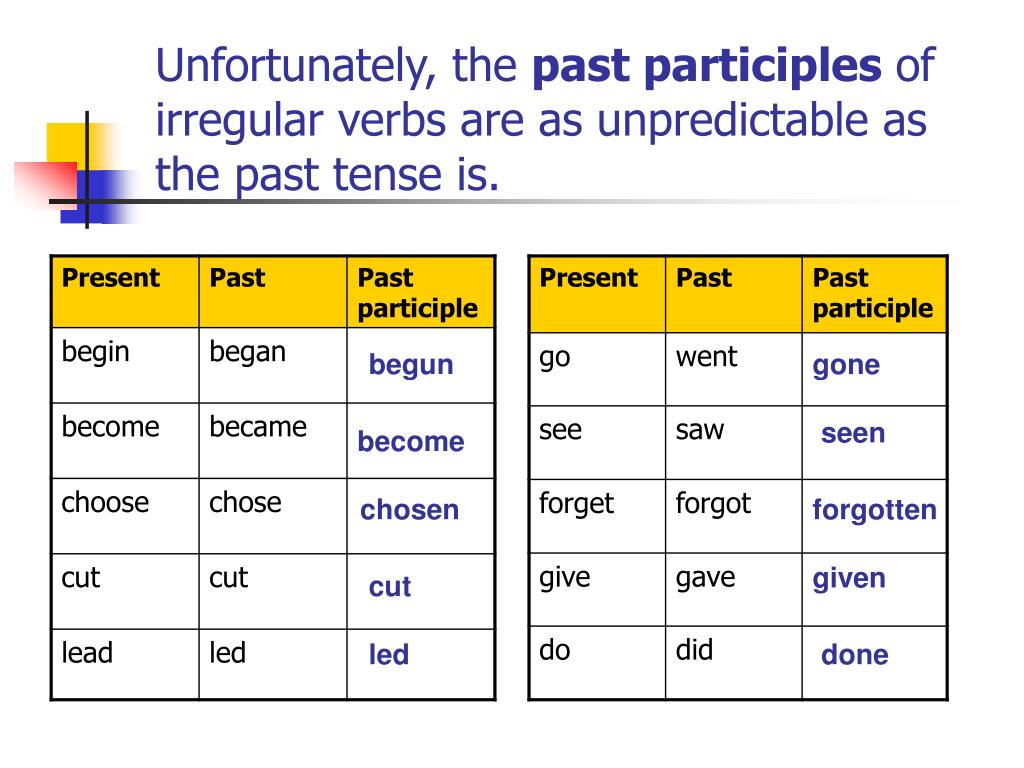

Knowing the various verb forms is a good starting point for learning all these complicated rules and exceptions. With others, they are all different (e.g., drink, I drank, I had drunk). With other verbs, the base form, past form, and past participle form are the same (e.g., set, I set, I had set).

Learning the verb forms (including the past form) is useful when studying English because it allows teachers and students to talk about the components that form the various tenses.įor example, with some verbs, the past form and the past participle form are the same (e.g., I played, I had played). The past participle form does not have an alternative name.


The past form is the form used to show the simple past tense. What Is the Past Form of a Verb? (with Examples) Why the Past Form of a Verb Is Important.Used in a sentence: We tried to cut costs by using cheaper wood.Many people cut calories (reduce the number of calories they eat) when trying to lose weight. Your homework can be cut down (reduced in the amount you have). Real-life examples: Prices can be cut (lowered).This sense of cut is sometimes followed by the word down. Used in a sentence: I need you to cut the jokes and start being serious.Ĭut can also mean to lower or reduce something.Informally, cut is used as a verb to mean to stop doing something. He reached in and grabbed the biggest cut of the pie. Used in a sentence: I was fooling around with the saw and got a bad cut on my leg.Used in a sentence: Be careful that you don’t cut your hand with that sharp knife.Ĭut is used in a similar sense as a noun to mean something that is caused by cutting (such as a wound) or a piece that has been cut from something.Real-life examples: Scissors, knives, scalpels, saws, swords, axes, and lawnmowers are some tools that are used to cut things.A person that cuts something is called a cutter. When you use a knife to cut a cake, you are carefully dividing the cake into pieces. For example, when you use scissors to cut hair, you are snipping pieces of hair off. Cut has several different specific senses depending on the tool being used. To cut something is to use a sharp tool to chop, sever, slice, or divide something. The word cut has many other senses as a verb, adjective, and noun. Cut is a verb that means to use a sharp tool on something, to stop, or to reduce.


 0 kommentar(er)
0 kommentar(er)
